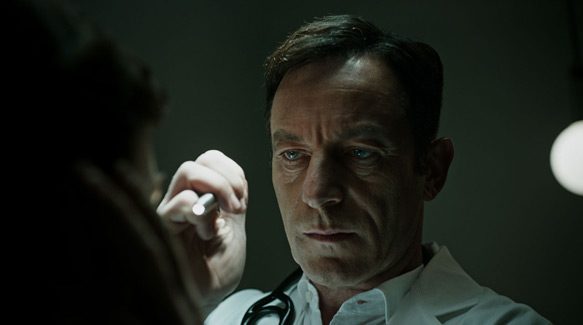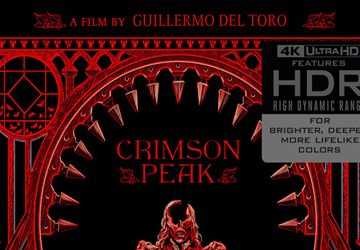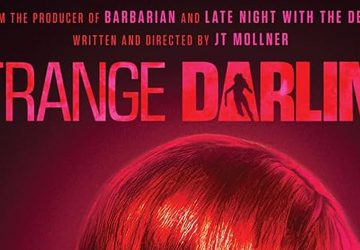Sometimes things are not as they seem. Such is the case in the new the Psychological Thriller A Cure for Wellness. Written by Justin Haythe, along with Director Gore Verbinski (Pirates of the Caribbean series, The Ring 2002), A Cure for Wellness offers an unsettling story with subtle messages and soul commentary. Released in theaters on February 17th via 20th Century Fox, could A Cure for Wellness be one of the best Horror epics of 2017?

Beautifully shot, the film is full of interesting ideas and twists, leaving the audience in constant anticipation for what is to come. Following an up-and-coming Wall Street executive named Lockhart (Dane DeHaan: The Amazing Spider-Man 2014, Life After Beth 2014) who questions his sanity while trapped in that mysterious sanitarium, A Cure for Wellness explores the destructive side of the American work ethic and subsequent psychological trauma. That said, it stands as a striking argument for film’s more intangible qualities; mood, subtext, style. The aforementioned social criticisms run rampant, while gothically stylized cinematography buffs will be left applauding after the credits roll.
DeHaan plays the protagonist Lockhart, a workaholic Wall Street employee whose bosses catch him in an unethical scheme. The end of his career is signed and sealed, unless he is willing to head to a remote wellness spa in Switzerland and retrieve the company’s CEO, who appears to have lost his mind and refuses to leave. Lockhart accepts the assignment and travels to the mysterious center, which is supposedly built upon a natural aquifer which gives its water healing properties. Soon Lockhart will find the horrors and mystery that surround this so-called wellness center.

Working with his longtime cinematographer, Bojan Bazelli (The Ring 2002, Pete’s Dragon 2016), almost every frame from Verbinski’s A Cure for Wellness could be studied and scrutinized by film students. From a train barreling toward a mountain tunnel where its windows a perfect symmetrical reflection to Lockhart and Hannah (Mia Goth: Everest 2015, The Survivalist 2015) talking beside a mirror-like fountain pool, to a slow dolly toward a seemingly empty therapy tub, to even the most banal moments, they are all opportunities for artistry. In addition, Production Designer Eve Stewart further improves the look of A Cure for Wellness with her detailed work, which gives the film a World War II-meets-Steampunk vibe; full of old-school medical equipment and vast sensory-deprivation chambers.
It is also worth noting that A Cure for Wellness dares to go places that mainstream Horror seldom dares with blatant aversion to shadows in favor of inescapable light, and bodily harm that is less gory than creative. Far from the typical modern film, it also takes time to build ambience, while offering experiments with fresh vantages on old themes such as work and health.

All this in mind, to some, A Cure for Wellness could be viewed as derivative with shades of Roman Polanski staples such as the surrealism of 1976’s The Tenant’s, the melodiousness 1968’s Rosemary’s Baby, and the unsettling gaze of 1977’s Macbeth. There is also vintage Universal Horror set design, all which is handled with great care by Verbinski and his production team. The bottom line, those who are Classic Horror and Psychological Thriller lovers, A Cure for Wellness will certainly be their cup of tea. For these reasons, CrypticRock.com gives A Cure for Wellness 4.5 out of 5 stars.






No comment